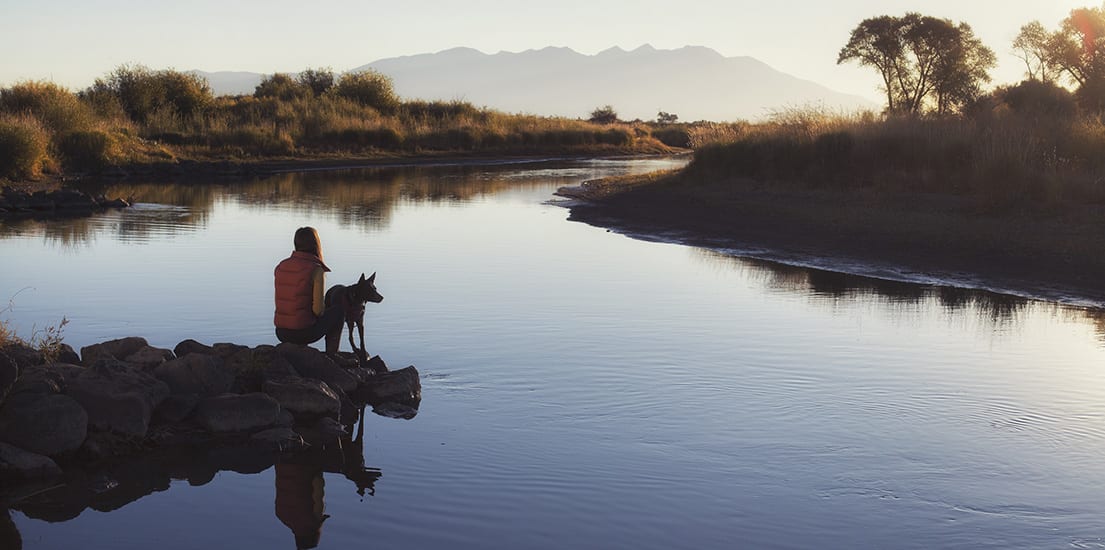In Colorado’s San Luis Valley, Western Rivers Conservancy launched an exciting new project to expand open space and improve river access for the city of Alamosa. Our effort will conserve a valuable stretch of the upper Rio Grande as both nature park and outdoor playground, doubling the size of Alamosa’s public park system and meeting the community’s need for recreational opportunities centered around the river.
This will be WRC’s fourth project on the banks of the Rio Grande and our fifth in the valley. The scenic, high-altitude San Luis Valley is one of Colorado’s natural and cultural treasures, hemmed in by three mountain ranges—the Sangre de Cristo, the San Juan and the Sawatch. It is home to prolific bird life, working family ranches and farms, and the headwaters of one of the longest rivers in the country.
The valley’s main population center is Alamosa, which lies just upstream from the Alamosa National Wildlife Refuge. With a population of 10,000, it is the largest town in the San Luis Valley and the region’s economic heart. As it grows, the community has made it a high priority to expand trails and open-space along the Rio Grande, so residents can walk, hike, bike, bird-watch, run and otherwise enjoy the beauty of the river and its surrounds.
WRC will help realize Alamosa’s vision by partnering with the Chefas family, which owns extensive ranchlands adjacent to the city’s 108-acre Oxbow Recreation Area. We are in the process of acquiring 180 acres from the family, which we will convey to the city. The Chefas property will then serve as the upstream anchor for the Alamosa’s developing recreational trail network, ultimately connecting to the National Wildlife Refuge downstream.
WRC’s work near Alamosa is part of our larger collaborative effort in the San Luis Valley in partnership with the LOR Foundation, the Rio Grande Headwaters Land Trust and Colorado Open Lands. In 2015, we created the San Luis Valley Conservation Fund with a major grant from the LOR Foundation. The goal of the fund is to bolster local conservation efforts throughout the valley and to preserve the region’s rich cultural heritage while enhancing livability for valley communities.


